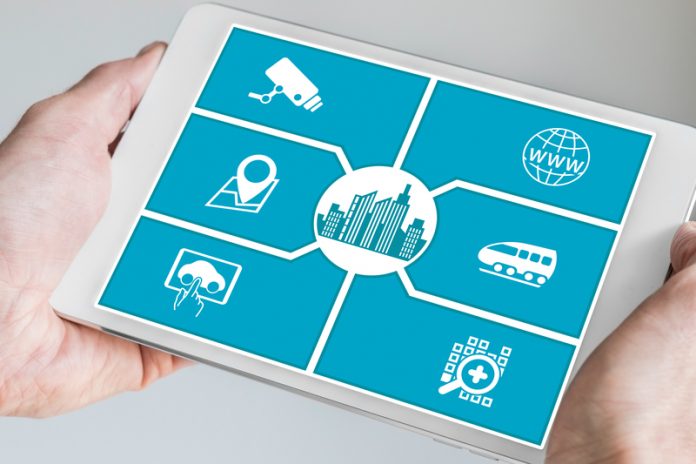Data is being used in city management to overcome many urban challenges. Here, Upendra Dharmadhikary, Vice President at Tech Mahindra explains
In the UK and around the world, Smart City initiatives are providing innovative solutions to the key urban challenges we face. From population growth to energy consumption and the protection of our natural resources, these smart technology solutions are pointing towards a future in which we can use our assets more intelligently. From Milton Keynes, to Melbourne and Jaipur, new technology is being applied to improve traffic flow, help communities optimise their fuel use and even maximise waste disposal efficiency.
The key to the success of these initiatives is data and building a bank of knowledge from the real world, based on the way humans interact with their environment. Smart analysis of information from sensors within cities is the foundation from which we can plan for future developments and now, with more data at our disposal, we are starting to see exactly how this can transform the management of our cities.
Informing decisions
The overarching vision behind Smart Cities is to harness the latest technology to make better use of finite resources, to reduce consumption and manage costs. At a time when many cities have reached saturation point with over-stretched public services as well as, road and rail infrastructures which are struggling to meet demand, they are pointing the way to a future in which cities are cleaner, greener and more cost efficient.
The first step in this road to improvement is to understand exactly how we use our assets now. To this end, sensors located across many, diverse resources in the city systems are providing valuable information on everything from water consumption to pollution levels, traffic volumes, public transport, parking and domestic energy use. New developments in low powered, low cost sensors and improvements in connectivity means that there is even more potential for this data to be gathered from around cities. Thanks to the latest advancements in big data analytics, this information is now becoming the driving force for developing smart solutions to urban challenges and informing how we can make real and lasting changes to city management.
This is something we understand from first-hand experience; our own work as one of the technology partners in Milton Keynes and other smart cities globally, means we have developed a data hub which takes in information from central intelligence feeds, infrastructure networks, such as energy, public transport and water, satellite, thermal imagery and even social media, to support planning and management decision-making.
Practical resource management
Applying this in practice means we can understand how key services are operating and where savings or improvements can be made. For example, sensors and videos from roads can feedback live transport and congestion information, or pinpoint specific locations where urgent road maintenance is needed. Collecting this information centrally avoids the need for wasted, routine journeys to be made. Similarly, smart sensors on waste bins can send alerts to a central dashboard when they’re full, to maximise waste disposal efficiency as the refuse-collection trucks are sent out on more fuel-efficient routes based on which bins need to be emptied. We can manage the luminosity of street lights more efficiently to conserve energy use and even assess, more accurately, when there are flood risks in a city.
A new initiative is also now helping citizens to take charge of their energy use. An online platform in Milton Keynes enables households to organise and manage their own community energy schemes, using building data as well as satellite and thermal imagery. The objective is to encourage local businesses to develop lasting installation and maintenance capabilities and for communities to have collective bargaining power. Armed with information on their home energy performance and heat dissipation, for instance, households could join forces and even instigate crowd buying with a particular energy supplier to get volume discounts.
In the future, we can also provide information on which energy usage is cheaper at a specific point in time by measuring and analysing different sources, whether it’s traditional energy going into homes and buildings, wind, solar or battery power. This has the potential to deliver more dynamic forms of energy management for households.
Harnessing data from different sources will not only inform the decisions made by local and central government, but can also give more control back to the citizens themselves. Through the intelligent analysis of data, we can improve the quality of services delivered and make real changes to the residents’ quality of life.
Upendra Dharmadhikary
Vice President
Tech Mahindra











